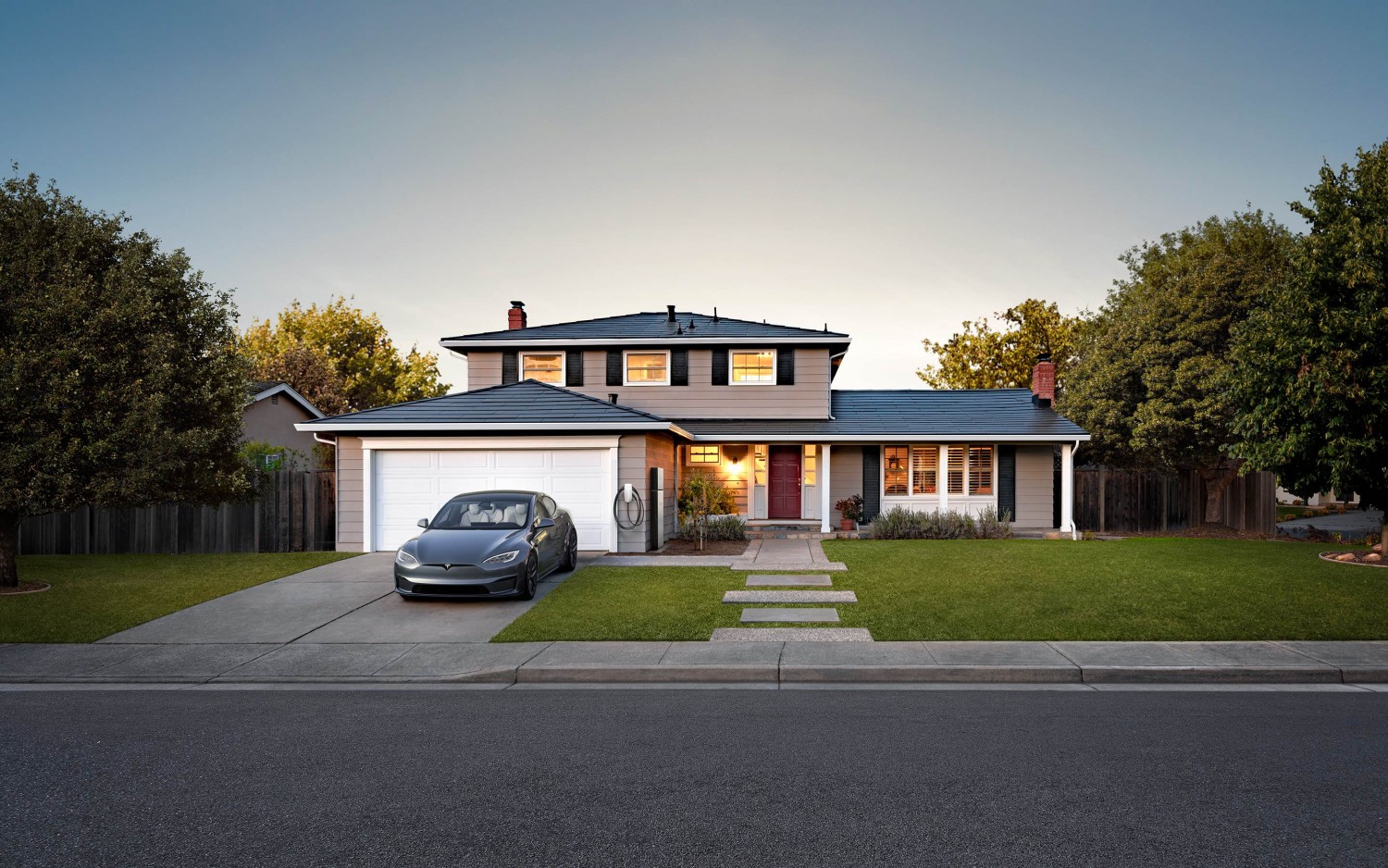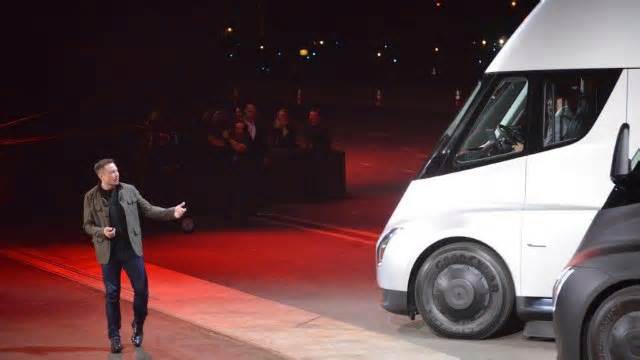
After leaving its crew behind, Boeing's troubled Starliner makes safe return to Earth
- by CBS News
- Sep 07, 2024
- 0 Comments
- 0 Likes Flag 0 Of 5

that suffered a door plug blowout
earlier this year and more recent problems with an upgraded version of the company's long-haul 777 aircraft.
It's not yet known what will be needed to correct the problems encountered on the latest Starliner flight, whether another costly test flight will be required or when the ship might be ready for active service ferrying astronauts to and from the station.
Cameras aboard the International Space Station captured spectacular views of the Starliner during its final approach to docking on June 6.
NASA
"I want to recognize the work the Starliner teams did to ensure a successful and safe undocking, deorbit, re-entry and landing," Mark Nappi, Boeing's Starliner program manager said in a statement. "We will review the data and determine the next steps for the program."
The space station crew closed the Starliner's hatch at 1:29 p.m. Thursday. The day before, as Williams worked inside the Starliner helping arrange return items to ensure the right balance and center of gravity, she described the moment as "bittersweet."
"Thanks for backing us up, thanks for looking over our shoulder and making sure we've got everything in the right place," she told flight controllers. "We want her to have a nice, soft landing in the desert."
After a final check of the weather at the New Mexico landing site, hooks in the Starliner's docking mechanism disengaged, allowing springs on the station side to push the uncrewed ferry ship away.
A series of thruster firings then were executed to slowly push the spacecraft out in front of the lab complex before looping up and over the top and departing to the rear. Seven minutes after undocking, the Starliner exited a 1,300-foot-wide safety zone known as the "keep out sphere."
Given the earlier thruster problems, NASA shortened the departure timeline to get the Starliner well away from the station as quickly as possible. Sixteen minutes after leaving the keep-out sphere, the spacecraft exited the larger "approach ellipsoid," another safety zone around the ISS that measures 2.5 miles long and 1.2 miles wide. The thrusters worked flawlessly throughout the early stages of the departure.
The ship's flight computers were programmed to guide the spacecraft toward a precise point in space for the critical de-orbit braking burn needed to drop the ship out of orbit. On cue, four large orbital maneuvering and attitude control rockets — OMACs — fired for 59 seconds, slowing the ship's 17,100-mph velocity by nearly 300 mph. That was just enough to drop the far side of the orbit into the atmosphere for re-entry and descent to the New Mexico landing site.
While the powerful OMAC braking rockets were firing, smaller reaction control system, or RCS, jets fired on computer command to keep the Starliner stable and pointed in the right direction.
Once the de-orbit burn was complete, the Starliner's service module, housing the OMACs, 28 RCS jets, the helium tanks and other critical but no-longer-needed systems, was jettisoned to burn up on the atmosphere.
Veteran military test pilots and space station astronauts, Williams and Wilmore will spend the next several months working as researchers in the lab complex alongside the station's other long-duration crew members.
NASA
The crew module, protected by a heat shield and equipped with 12 RCS jets of its own, then began its re-entry at an altitude of about 400,000 feet, enduring temperatures as high as 3,000 degrees Fahrenheit as it plunged back into the discernible atmosphere at nearly five miles per second.
The southwest-to-northeast re-entry trajectory carried the Starliner across the Baja Peninsula, the Gulf of California, northern Mexico and into New Mexico.
At an altitude of about 24,500 feet, two small drogue parachutes unfurled, slowing and stabilizing the Starliner. About one minute later, at an altitude of 8,000 feet, three pilot parachutes pulled out the ship's three 104-foot-wide main parachutes, slowing the decent to about 18 mph.
At an altitude of 2,500 feet, airbags inflated to reduce landing impact forces to the equivalent of walking speed. Touchdown came at 12:01 a.m. EDT (10:01 p.m. Friday local time).
The de-orbit burn and computer-orchestrated attitude control system firings were crucial to getting out of orbit on the precise trajectory needed for a pinpoint landing. And all of those firings required pressurized helium to push propellants to healthy thrusters.
A series of small pilot and drogue parachutes are designed to slow and stabilize the Starliner before its three main parachutes unfurl and inflate at an altitude of about 8.000 feet. After the no-longer-needed heat shield is jettisoned, airbags will inflate to reduce the shock of touchdown.
Boeing
During the Starliner's rendezvous with the space station on June 6, the day after launch, five RCS jets were "deselected" by the flight computer because of degraded thrust. In addition, four helium leaks in the propulsion pressurization system were detected, adding to a small leak that was detected before launch.
After extensive tests and analyses, Boeing engineers concluded the helium leaks were the result of slightly degraded seals exposed to toxic propellants over an extended period. But even with the leaks, they said the Starliner had 10 times more helium on board than needed to get out of orbit.
The thruster problem, testing indicated, was caused by high temperatures that, in turn, caused internal Teflon seals to deform in poppet valves, restricting the flow of fuel.
The high temperatures, the engineers concluded, were largely the result of manual flight control tests that caused the jets to fire hundreds of times in rapid-fire fashion while the craft was oriented so those same jets were in direct sunlight for an extended period.
In test firings later in the mission the jets appeared to be working normally, indicating the seals had contracted back to, or near, their original shape.
Boeing argued manual flight tests would be ruled out for a piloted return to Earth, the craft would be oriented to minimize solar heating on the suspect jets and fewer firings would be needed in the absence of a rendezvous.
Boeing tried to convince their counterparts at NASA that the Starliner had plenty of margin and could bring Wilmore and Williams safely back to Earth.
But NASA managers did not accept Boeing's "flight rationale" and opted to bring the Starliner down without its crew.
"Spaceflight is hard. The margins are thin. The space environment is not forgiving," said Norm Knight, director of flight operations at the Johnson Space Center. "And we have to be right."
Space & Astronomy
Please first to comment
Related Post
Stay Connected
Tweets by elonmuskTo get the latest tweets please make sure you are logged in on X on this browser.
Sponsored
Popular Post
Tesla: Buy This Dip, Energy Growth And Margin Recovery Are Vastly Underappreciated
28 ViewsJul 29 ,2024






 Energy
Energy



















